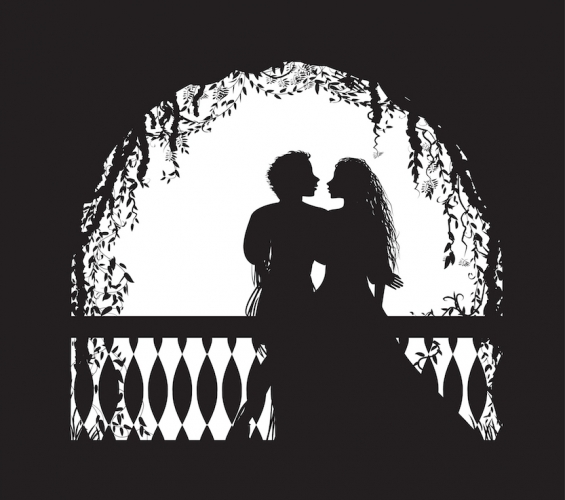Using semicolons and colons correctly can add different effects to your writing and demonstrate sophisticated use of punctuation.
.jpg)
The semicolon (;) is a punctuation mark that is used in the following ways:
1. To separate two connected sentences. Here it effectively replaces a connective to link the two parts together.
The town was in chaos; looters filled the streets.
2. To separate items in a list when the items are long phrases instead of single words.
I bought shiny, ripe apples; small, sweet, juicy grapes; and firm pears.

The colon (:) is another punctuation mark that can enhance and improve your writing if used accurately. The common uses are as follows:
1. To introduce a quotation or list.
In Act 1, Scene 5, Romeo states: "Did my heart love till now? Forswear it, sight!/ For I ne'er saw true beauty till this night."

The nightclub played many different types of music: rock, hip-hop, jazz, indie and even soul.
Note that a colon should only be used to introduce a list if the first part of the sentence makes sense on its own.
The nightclub played rock, hip-hop, jazz, indie and even soul.
In this example, a colon is not used because 'The nightclub played' does not make sense on its own.
2. To make a reader take notice of a point because it is on its own, or to reveal something to the reader.
'We were all waiting for the hero of the evening: John.'
'The cat's fur was found in two rooms: the bedroom and the kitchen.'
'I know what's wrong with her: she's in love.'

Let's have a go at the questions now.
You can look back at this introduction at any point during the activity by clicking on the red help button on the screen.








